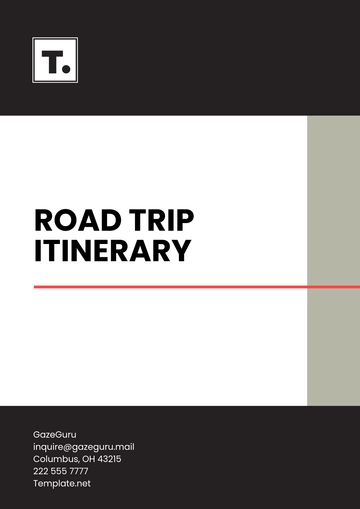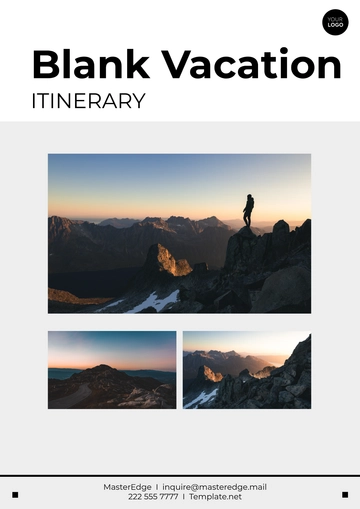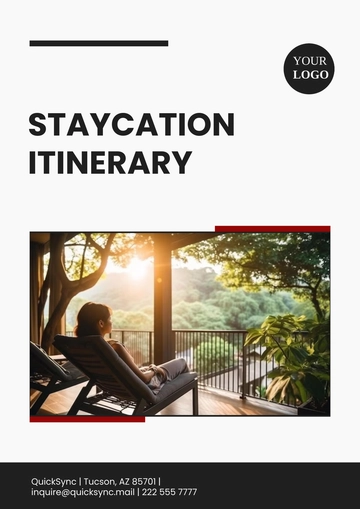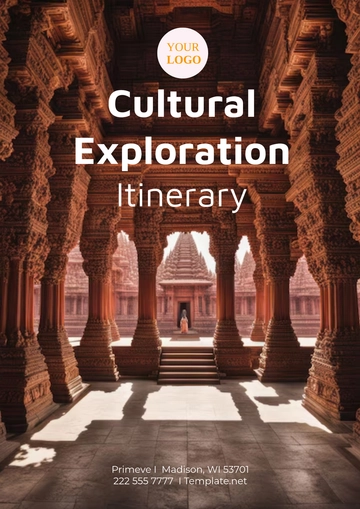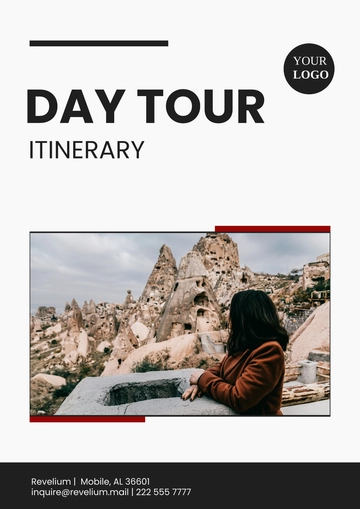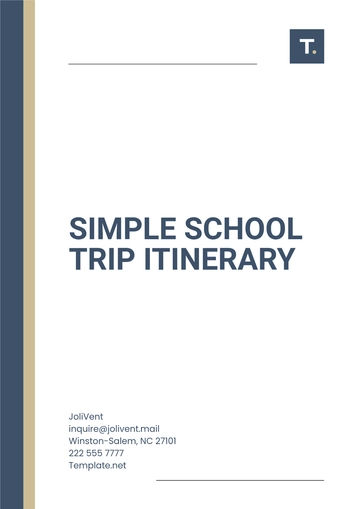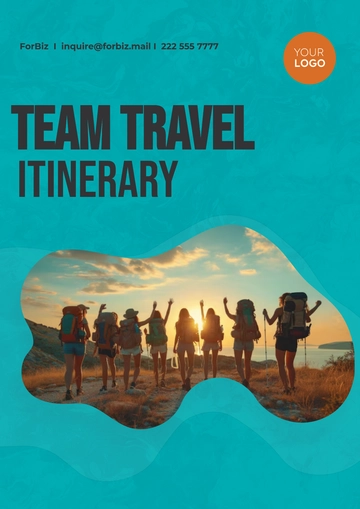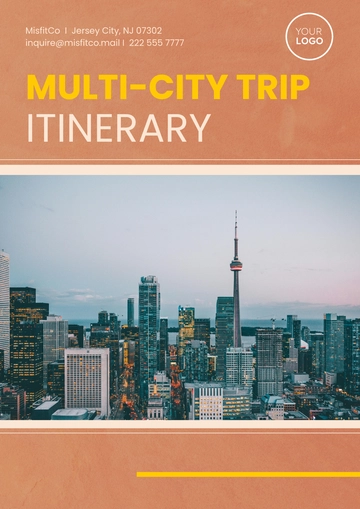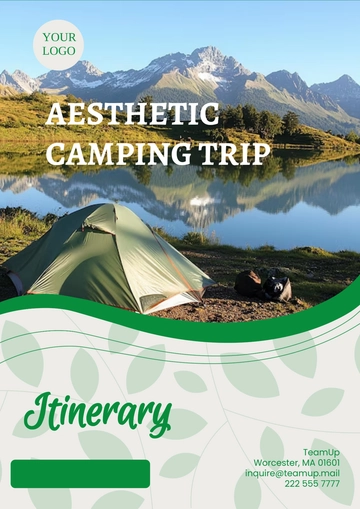Free 2 Week South Korea Itinerary

Date: [Date]
Prepared by: [Your Name]
Destination: South Korea
About
Embarking on a journey to South Korea is a captivating exploration of a nation steeped in rich history, vibrant culture, and unparalleled hospitality. From the bustling streets of Seoul to the serene landscapes of Jeju Island, South Korea offers travelers a tapestry of experiences that captivate the senses and ignite the imagination. As you immerse yourself in this dynamic country, understanding its cultural nuances, traditions, and etiquette becomes paramount. From the graceful art of bowing to the tantalizing flavors of its cuisine, South Korea beckons visitors to embrace its customs with open arms while traversing the delicate balance of what to do and what not to do. In this guide, we delve into the essence of South Korean culture, offering insights into the cherished practices, social norms, and respectful behaviors that shape the fabric of this captivating nation. As you journey through the vibrant landscapes and intricate tapestries of South Korea, may this guide serve as a compass, guiding you towards meaningful interactions and unforgettable experiences in the Land of the Morning Calm. |
What to Do: | What Not to Do: |
Bow when greeting: In South Korea, bowing is a common form of greeting and showing respect. It's customary to bow slightly when meeting someone, especially elders or those in authority. Remove shoes indoors: When entering homes, traditional guesthouses, or certain restaurants, it's customary to remove your shoes. Look for a shoe rack or follow the lead of others. Respect personal space: South Koreans value personal space, so avoid standing too close to others, especially strangers. Wait for people to exit elevators or trains before entering. Use both hands when giving or receiving: When giving or receiving items, money, or business cards, it's polite to use both hands as a sign of respect. Cover your mouth when laughing: It's considered polite to cover your mouth when laughing or yawning, especially in formal settings. Try local customs and cuisine: Embrace South Korean customs and try traditional foods like kimchi, bulgogi, and bibimbap. Participate in cultural activities like tea ceremonies or Hanbok (traditional clothing) rentals. | Avoid public displays of affection: Public displays of affection, such as kissing or hugging, are generally not common in South Korea. Keep physical affection to a minimum, especially in public spaces. Don't refuse offers of hospitality: If invited to someone's home or to share a meal, it's considered impolite to refuse. Accept invitations graciously and show appreciation for the hospitality. Don't point with your fingers: Pointing with your fingers is considered rude in South Korea. Instead, gesture with your whole hand or use your chin to indicate direction. Avoid using loud voices in public: South Koreans generally speak softly in public places. Avoid speaking loudly or causing disruptions in public spaces like trains, buses, or restaurants. Don't disrespect elders: Respect for elders is deeply ingrained in South Korean culture. Use honorific language (e.g., 'oppa' for older brother, 'noon' for older sister) and show deference to older individuals. Avoid discussing sensitive topics: Topics related to North Korea, politics, or historical tensions can be sensitive in South Korea. Exercise discretion and avoid engaging in heated discussions on these topics. |
Week 1: Seoul and Surroundings |
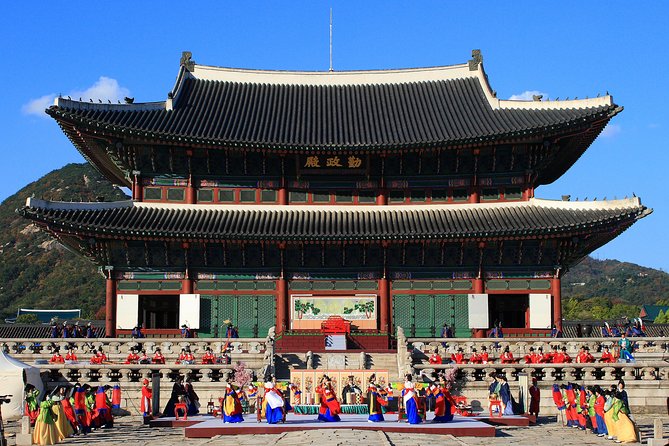 Day 1-3: Seoul
Day 1-3: Seoul
Embark on a journey through Seoul's rich history by exploring iconic sites like Gyeongbokgung Palace, Changdeokgung Palace, and the charming Bukchon Hanok Village, where traditional Korean houses abound. Dive into the city's bustling energy by visiting vibrant districts such as Myeongdong and Insadong, renowned for their eclectic shopping options and delectable street food stalls. Immerse yourself in modern Seoul by venturing to the trendy Gangnam district and taking a stroll along the picturesque Cheonggyecheon Stream. Ascend to the top of N Seoul Tower for breathtaking panoramic views of the city skyline. As night falls, delve into Seoul's dynamic nightlife scene by exploring the trendy neighborhoods of Hongdae and Itaewon, where an array of dining options and entertainment venues await to enchant visitors from all walks of life. |
Day 4: Day Trip to DMZ (Demilitarized Zone)
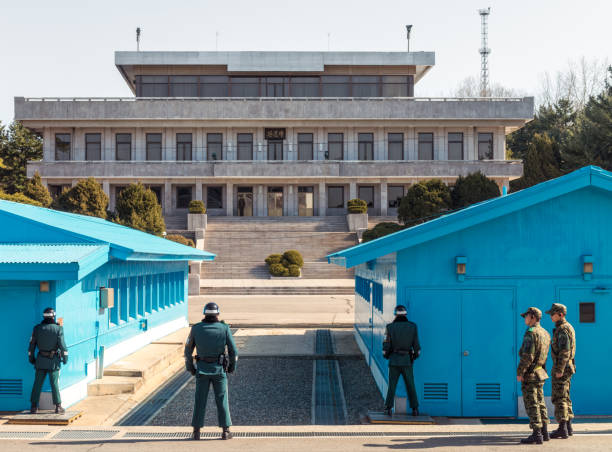
Embark on a profound exploration of Korea's tumultuous past by joining a guided tour to the Demilitarized Zone (DMZ), a historic buffer zone separating North and South Korea. Delve into the intricacies of the Korean War and the enduring division of the Korean peninsula as knowledgeable guides unveil the compelling narratives that have shaped the region's history. Traverse through poignant landmarks such as the Joint Security Area (JSA), a symbolic site where diplomatic dialogues and negotiations between the two Koreas take place, offering a glimpse into the complexities of inter-Korean relations. Ascend to the Dora Observatory, where visitors can peer across the border into North Korea, gaining insights into the stark contrast between the two nations. Descend into the depths of the 3rd Infiltration Tunnel, a chilling reminder of North Korea's covert attempts to breach South Korean territory, as you learn about the strategic military operations that have defined the region. Through this immersive journey, gain a deeper understanding of the enduring legacy of the Korean War and the hopes for reconciliation and peace on the Korean peninsula. |
Day 5-7: Jeju Island
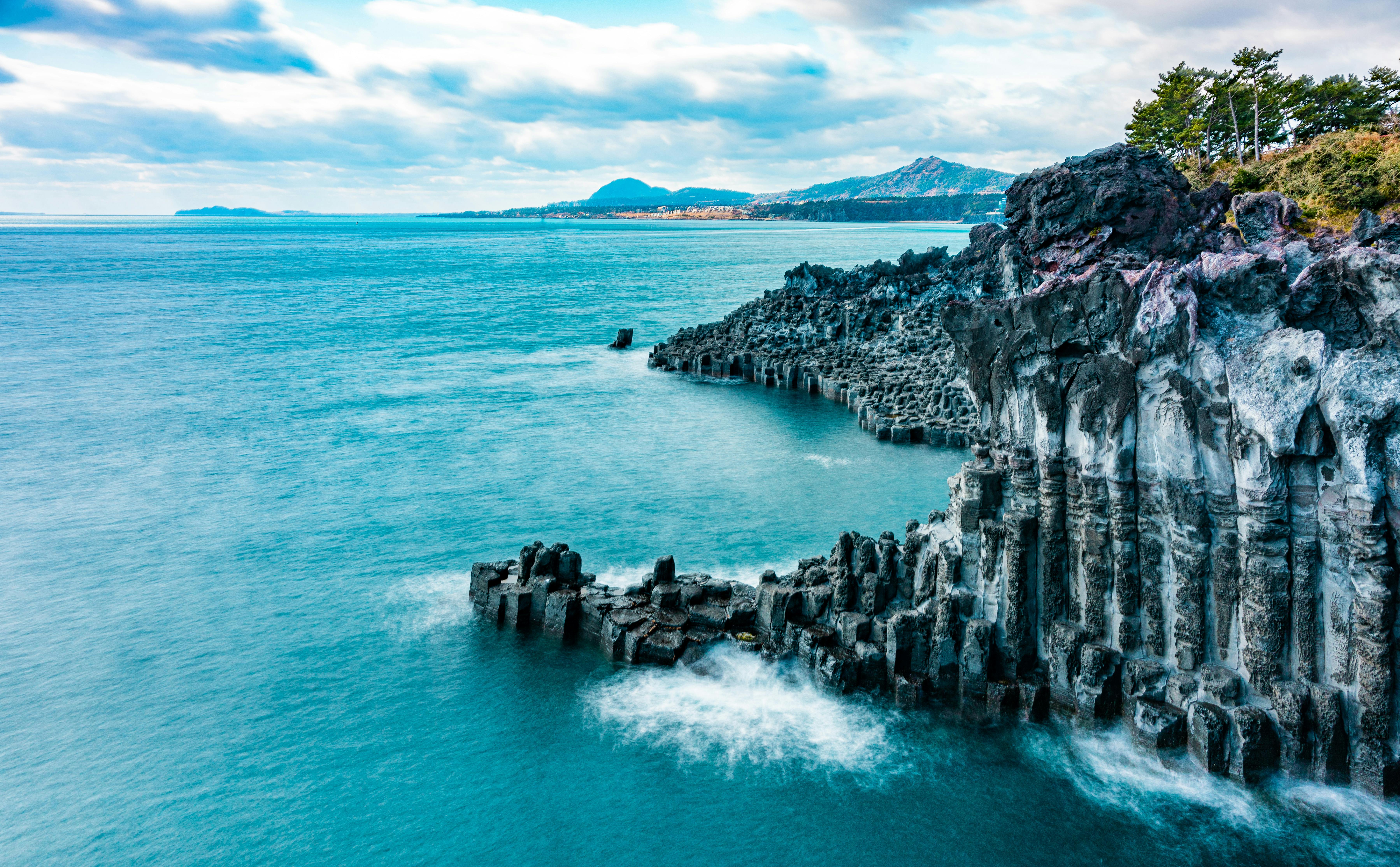
Embark on a captivating journey to Jeju Island, a gem in South Korea's landscape, renowned for its breathtaking scenery, natural wonders, and cultural attractions. Your adventure begins with a flight to Jeju Island, where you'll be welcomed by the island's pristine landscapes, dotted with lush greenery, cascading waterfalls, and mesmerizing volcanic craters. One of the highlights of your trip is a visit to Hallasan National Park, home to Hallasan, South Korea's highest peak. Lace up your hiking boots and embark on a thrilling ascent to the summit of Hallasan. As you trek through the park's verdant trails, you'll be surrounded by diverse flora and fauna, offering glimpses of the island's rich biodiversity. Upon reaching the summit, you'll be rewarded with panoramic views of Jeju's stunning landscapes, stretching as far as the eye can see. For a truly unforgettable experience, venture to Seongsan Ilchulbong Peak, also known as Sunrise Peak. Wake up early to witness the magical sight of the sun rising over the horizon, casting hues of orange and pink across the sky. Perched atop the peak, you'll be treated to a spellbinding spectacle that promises to leave you in awe. After indulging in nature's beauty, take some time to unwind at Jungmun Beach, where pristine sands meet the azure waters of the sea. Feel the gentle breeze caress your skin as you bask in the warmth of the sun, or take a refreshing dip in the crystal-clear waters. While at Jungmun Beach, don't miss the opportunity to visit the Teddy Bear Museum, where you can immerse yourself in a whimsical world filled with cuddly bears of all shapes and sizes. From the majestic heights of Hallasan to the tranquil shores of Jungmun Beach, Jeju Island offers an array of experiences that promise to captivate your senses and create memories to last a lifetime. |
Week 2: Historical and Cultural Exploration |
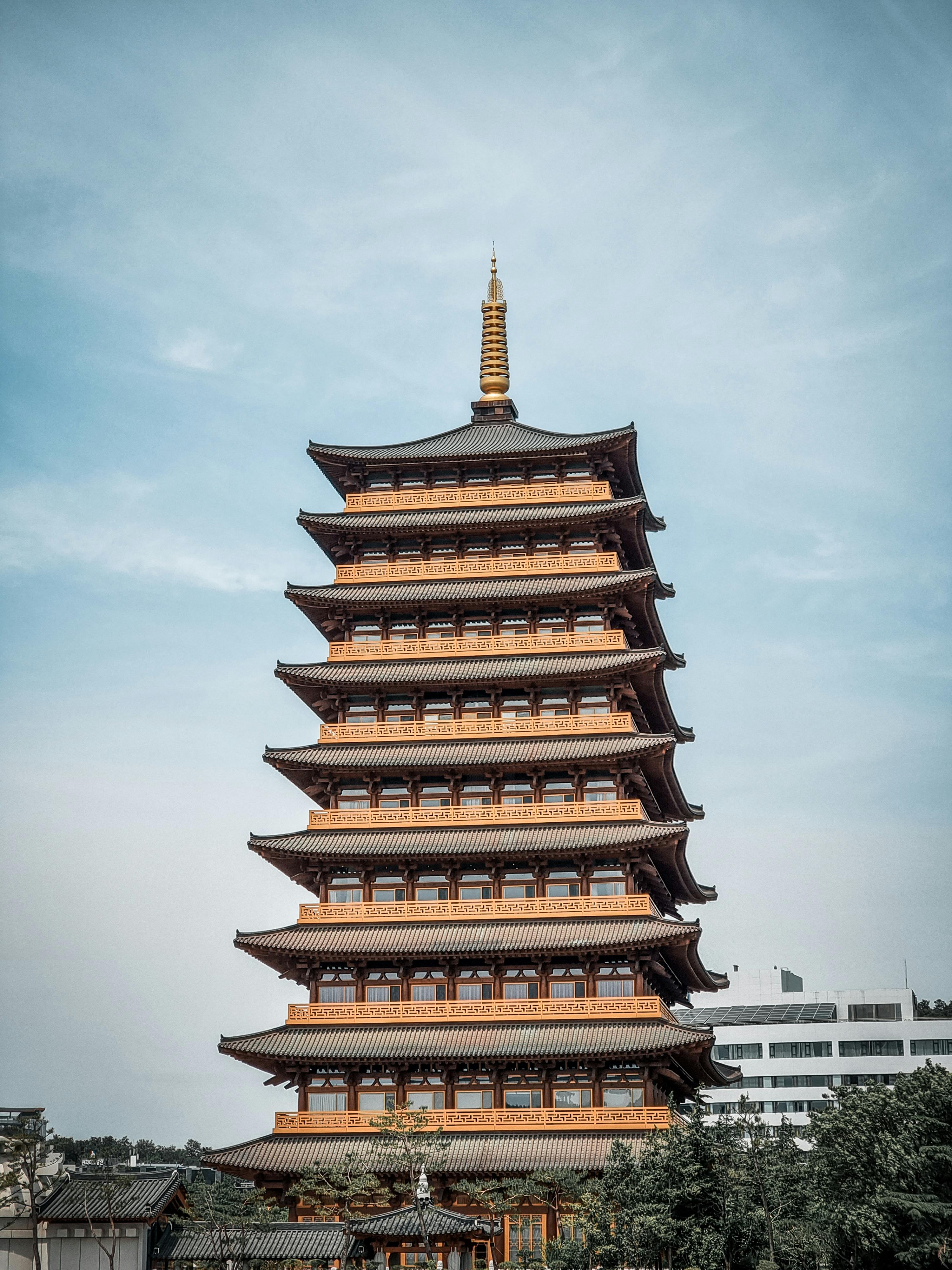
Day 8-9: Gyeongju
Traveling to Gyeongju offers an immersive journey through South Korea's rich history and cultural heritage. Known as the "museum without walls," Gyeongju boasts an abundance of historical sites that tell the story of ancient Korea's dynasties, traditions, and spirituality. One of the highlights of a visit to Gyeongju is exploring its UNESCO World Heritage Sites, which include Bulguksa Temple and Seokguram Grotto. Bulguksa Temple, renowned for its exquisite architecture and serene surroundings, stands as a symbol of Korean Buddhist art and culture. Visitors can admire the intricate woodwork, stone carvings, and serene gardens that characterize this sacred site. Nearby, Seokguram Grotto houses a stunning granite Buddha statue and offers panoramic views of the surrounding mountains and valleys. In addition to these UNESCO sites, Gyeongju is home to a wealth of ancient royal tombs scattered throughout Tumuli Park. These burial mounds, dating back to the Silla dynasty, provide insight into the rituals and customs of ancient Korean royalty. Exploring Tumuli Park allows visitors to marvel at the scale and craftsmanship of these historical landmarks while reflecting on Korea's royal heritage. For those interested in astronomy and ancient science, a visit to the Cheomseongdae Observatory is a must. Dating back to the 7th century, Cheomseongdae is one of the oldest surviving observatories in East Asia. Its unique design and strategic location reflect the advanced astronomical knowledge of the Silla dynasty. Visitors can climb to the top of the observatory and imagine the celestial observations and calculations that took place centuries ago. Overall, a trip to Gyeongju promises a captivating journey through Korea's past, where visitors can explore ancient temples, marvel at historic artifacts, and immerse themselves in the cultural richness of this enchanting city. |
Day 10-12: Busan
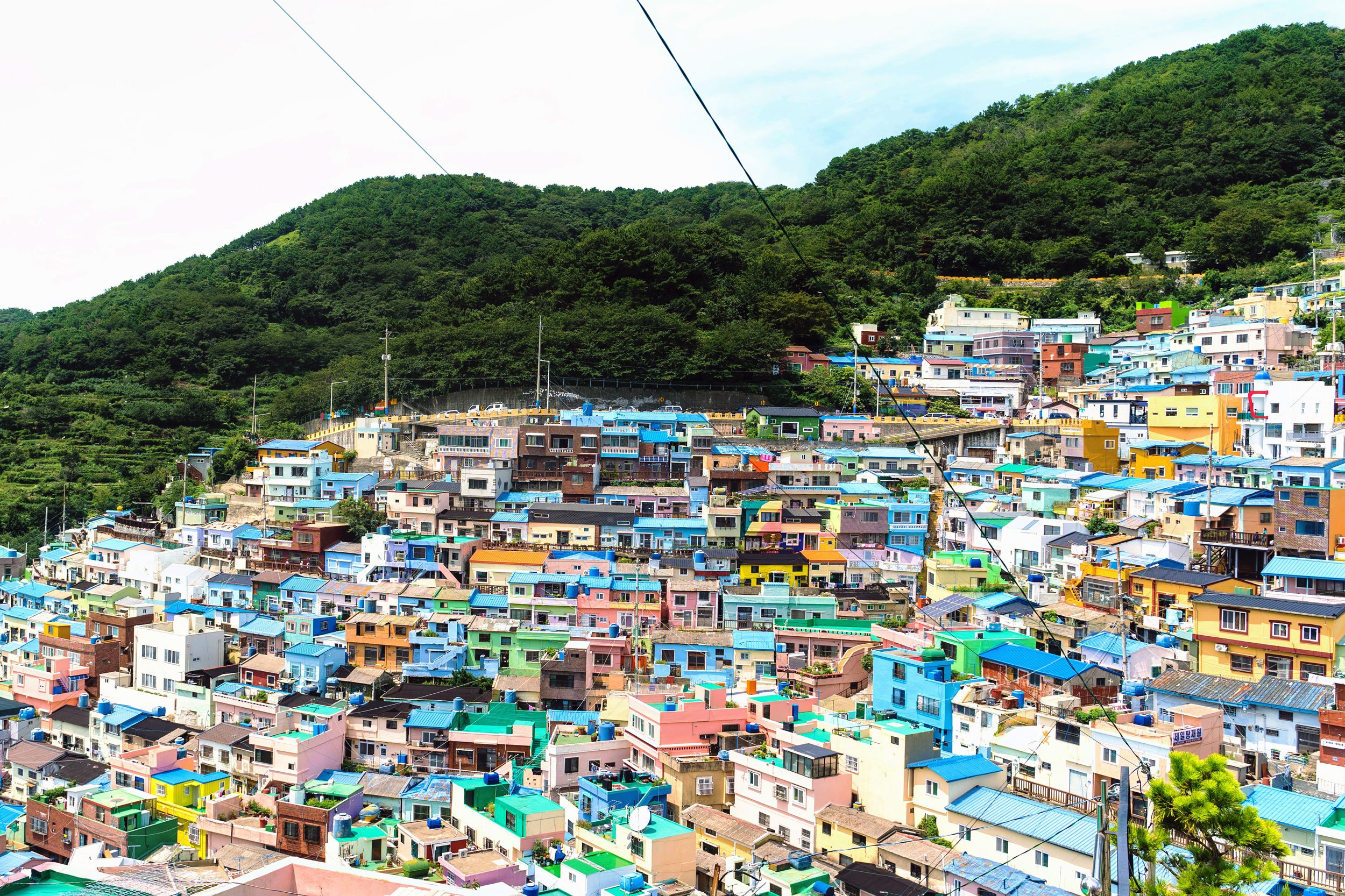
Taking a trip to Busan, South Korea's vibrant second-largest city, promises a captivating blend of culture, cuisine, and coastal charm. Here's an elaboration on the suggested itinerary Train Journey to Busan: The journey itself is an experience, as South Korea boasts a well-connected and efficient train system. As you journey towards Busan, you'll catch glimpses of South Korea's picturesque landscapes and urban hubs. Haeundae Beach: Upon arrival, unwind at Haeundae Beach, one of Busan's most famous stretches of sand. Whether you're soaking up the sun, strolling along the promenade, or indulging in water sports, Haeundae offers a delightful coastal escape. Dongbaek Island: Adjacent to Haeundae Beach lies Dongbaek Island, a serene enclave offering scenic walking trails and panoramic vistas of the coastline. Explore the island's lush landscapes, visit the APEC Nurimaru House, and immerse yourself in its tranquil ambiance. Gamcheon Culture Village: Dive into Busan's artistic side with a visit to Gamcheon Culture Village, a maze of narrow alleyways adorned with vibrant murals and whimsical sculptures. Lose yourself in the village's charming streets, interact with local artists, and discover the stories behind its colorful facades. Jagalchi Fish Market: For a taste of Busan's culinary scene, head to Jagalchi Fish Market, a bustling hub where locals and tourists converge to sample an array of freshly caught seafood. From live octopus to grilled fish, the market offers a sensory feast and an insight into South Korea's maritime heritage. Yongdusan Park and Busan Tower: Conclude your exploration with a hike up to Yongdusan Park, a verdant oasis nestled amidst the city's urban sprawl. Ascend to the summit and behold the iconic Busan Tower, an architectural marvel that offers panoramic views of the cityscape below. Marvel at the sprawling metropolis, framed by the azure waters of the Korean Strait. |
Day 13-14: Andong and Hahoe Folk Village
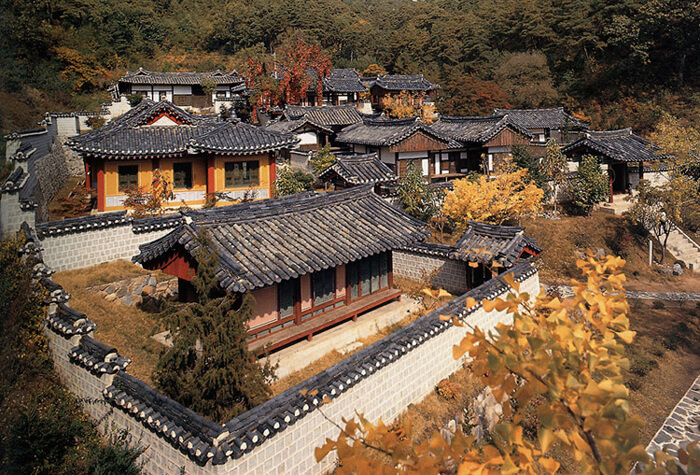
Traveling to Andong offers an enriching journey through South Korea's cultural heart, where centuries-old traditions come to life amidst stunning landscapes. Here's an elaboration on the attractions mentioned Andong Hahoe Folk Village: Nestled in the serene countryside, Andong Hahoe Folk Village stands as a timeless testament to Korea's cultural heritage. Designated as a UNESCO World Heritage Site, this village is renowned for its well-preserved traditional Korean houses, known as hanbok, which date back to the Joseon Dynasty. As you stroll along its winding paths, you'll encounter architectural marvels adorned with intricate woodwork and tiled roofs, reflecting the simplicity and elegance of Korean rural life. Dosan Seowon: A short journey from Hahoe Folk Village lies Dosan Seowon, a tranquil retreat nestled amidst lush forests and rolling hills. Founded in the 16th century, Dosan Seowon served as a Confucian academy and shrine dedicated to the revered scholar Ryu Seong-ryong, also known as Dosan. Steeped in Confucian philosophy, the complex comprises pavilions, study halls, and shrines, reflecting the spiritual and intellectual pursuits of Korea's scholars. Traditional Korean Homestay in Hahoe Village: To truly immerse yourself in the essence of Korean culture, indulge in a traditional homestay experience within Hahoe Village. Here, amidst the tranquil beauty of rural Korea, you'll have the opportunity to reside in a traditional hanbok, where warm hospitality and authentic cuisine await. Engage with your hosts as they share stories of local customs and traditions, partake in hands-on activities such as traditional crafts or farming, and savor the flavors of homemade Korean delicacies. In essence, a journey to Andong offers not only a glimpse into Korea's storied past but also an immersive experience that fosters a deeper appreciation for its rich cultural heritage. Whether wandering through ancient villages, contemplating the wisdom of Confucian sages, or embracing the warmth of Korean hospitality, each moment promises to be a timeless encounter with the soul of Korea. |
Recommendation |
|---|
Hotels:
|
Top-rated Restaurants:
|
- 100% Customizable, free editor
- Access 1 Million+ Templates, photo’s & graphics
- Download or share as a template
- Click and replace photos, graphics, text, backgrounds
- Resize, crop, AI write & more
- Access advanced editor
2-week South Korea Itinerary offered by Template.net. This downloadable and printable itinerary allows you to seamlessly plan your journey through bustling cities, tranquil temples, and scenic landscapes. Crafted with precision and editable in our AI Editor Tool, this itinerary ensures you make the most of your Korean adventure. Unlock the beauty and culture of South Korea effortlessly with our comprehensive itinerary guide.



